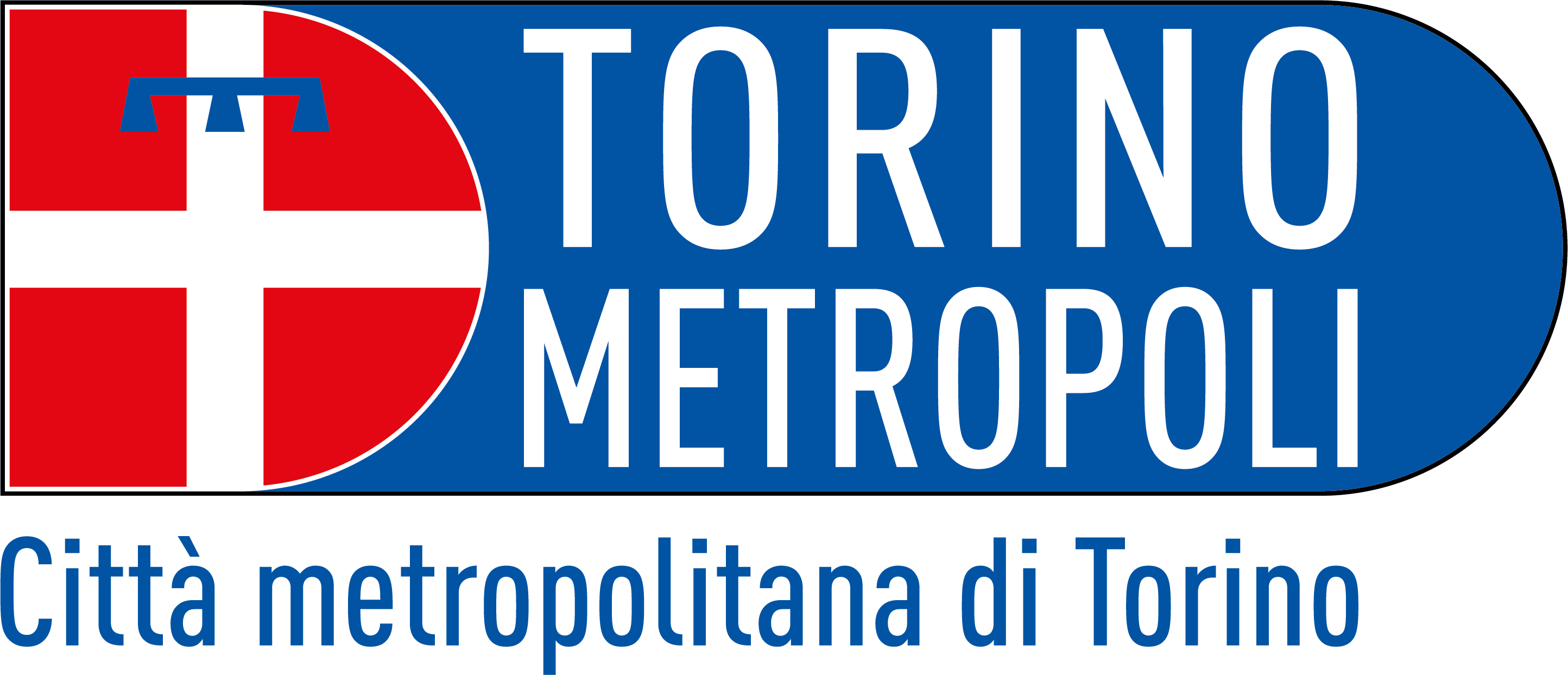The annual Report on the state of the waste management system 2021 was published on Monday the 20th of December by the Waste Observatory of the Metropolitan City of Turin. This document, drawn up with the valuable support of the civil service volunteers, aims at providing a useful information tool for Consortia, A-TOR, but also to update citizens regarding the integrated waste management in the metropolitan area.
The data processed in 2021 relate to the 2020 survey year, the year in which the SARS-CoV-2 pandemic broke out. In particular, this event, together with the resulting restrictions, generated an impact also on the production of waste. The data, in some cases absolutely not ordinary compared to the years preceding the pandemic, must therefore be contextualized taking into account the extraordinary situation that has arisen. Hence, it is highlighted that the total quantity of waste produced (1.050.676 tons) diminished compared to 2019, with a - 3.7% of the total, recording however a higher percentage of waste sorting with respect to the pre-pandemic year. However, with respect to the pre-pandemic year, it was registered an increased percentage of waste sorting, which reached 59.3% in the metropolitan area
One of the most important elements that emerge from the report in question is that, albeit with a growth trend as regards the increase in separate waste collection, the 65% target set for the 2012 was reached only in patches, that is, not in the whole territory under analysis. Specifically, this objective has not yet been achieved by the City of Turin, which is modifying the collection systems.
In detail, the annual Report on the state of the waste management system 2020 is structured as it follows:
- General framework on the waste management system of the Metropolitan City of Turin, chapter that contemplates the morphology and inhabitants of the metropolitan area, the territorial organization of waste management, the European, national and regional legislative framework of interest, and the agreements and protocols of understanding in force at the metropolitan level.
- Urban waste: production and separate collection 2019-2020. This chapter focuses on the production of total and undifferentiated waste and on the quantities of separate waste collection, starting from the data at the municipal level, subsequently aggregated by single Consortium of the Basin and, finally, at the metropolitan level. Furthermore, the chapter presents a reference to the data for the first half of 2021.
- The projects promoted by the Metropolitan City of Turin regarding the management and reduction of waste production
- Survey relative to the absorption of urban waste: first destination, chapter that contains an analysis of waste flows in the metropolitan area for the main fractions of separate collection (paper, organic, green and twigs, wood, plastic, glass, metal, WEEE, and bulky items).
In addition, on Tuesday the 21st of December it was published the Urban Waste Report 2021 by ISPRA, which return a picture of the situation of the management system of urban waste at the national level. In particular, the national data are consistent with what highlighted relatively to the metropolitan area: with respect to 2019, the total production of waste has decreased by 3.6%, while the percentage of waste sorting has increased by 1.8 percentage points, reaching 63%.
Therefore, the Report by ISPRA as well draws attention to the impact of the pandemic on the production and management of waste, in addition to pointing out themes such as, in particular, the not homogeneous distribution of plant on the national territory.
To download the full texts:
Report on the state of the waste management system 2021 by the Metropolitan City of Turin
Urban Waste Report 2021 by ISPRA
To learn more:
Video of the presentation of the Urban Waste Report 2021 by ISPRA. In particular, from minute 21:40 there is a short video that sums up the main data and statistics relative to the situation of 2020. These data are subsequently examined in depth by the Engineer Frittelloni (Director of the waste and circular economy centre of ISPRA) from approximately minute 24:30.
